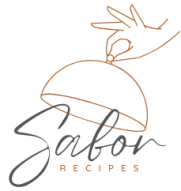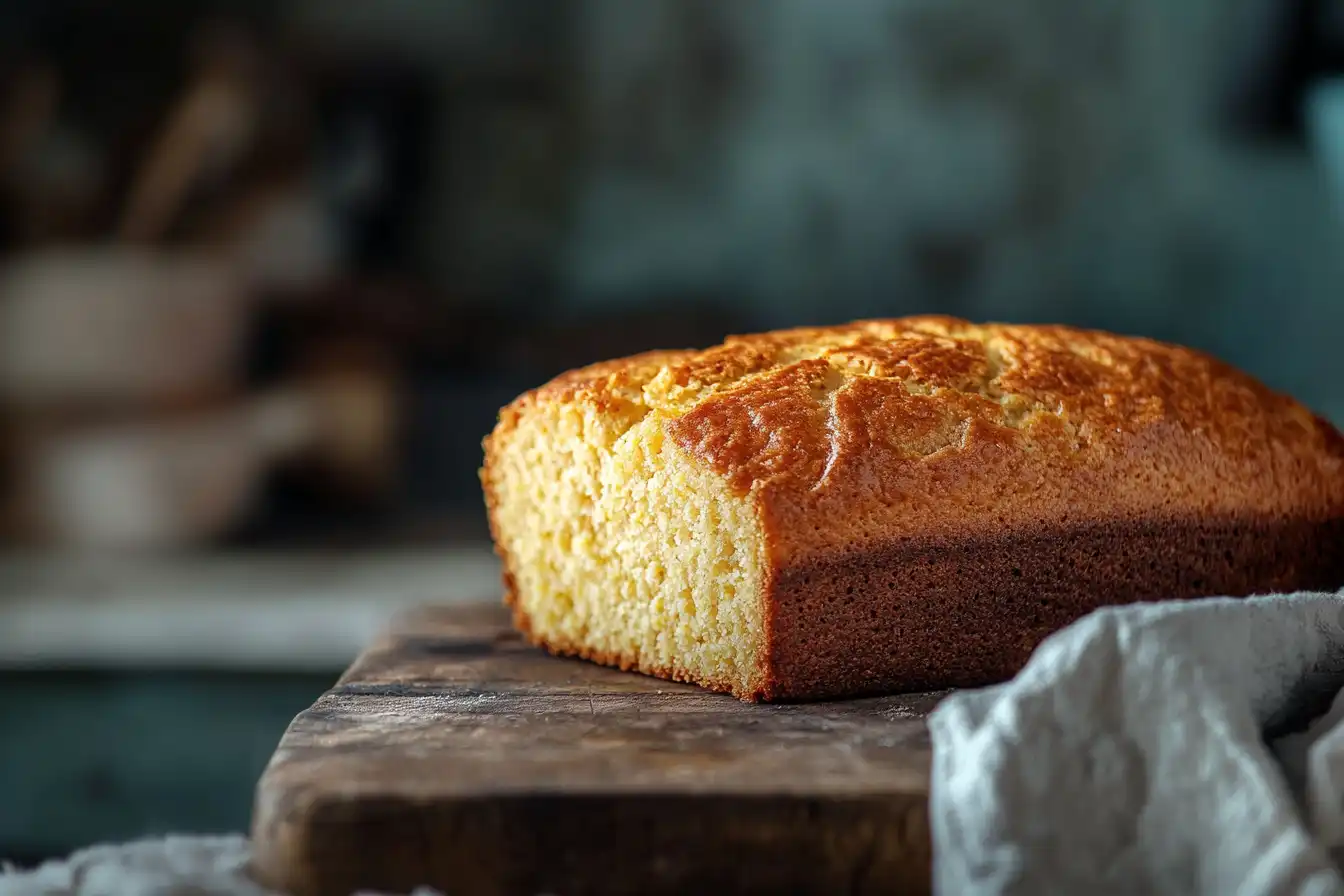This article explores the origins of cornbread, tracing its history and explaining who first created this popular food. We’ll uncover the fascinating story behind cornbread’s invention.
The Humble Beginnings of Cornbread
Cornbread, a staple in many cultures, has a long and complex history. Indeed, its story begins long before European colonization of the Americas. Therefore, to understand who invented cornbread, we must explore its roots in pre-Columbian times. Specifically, the knowledge of maize was key.
Maize and Its Significance
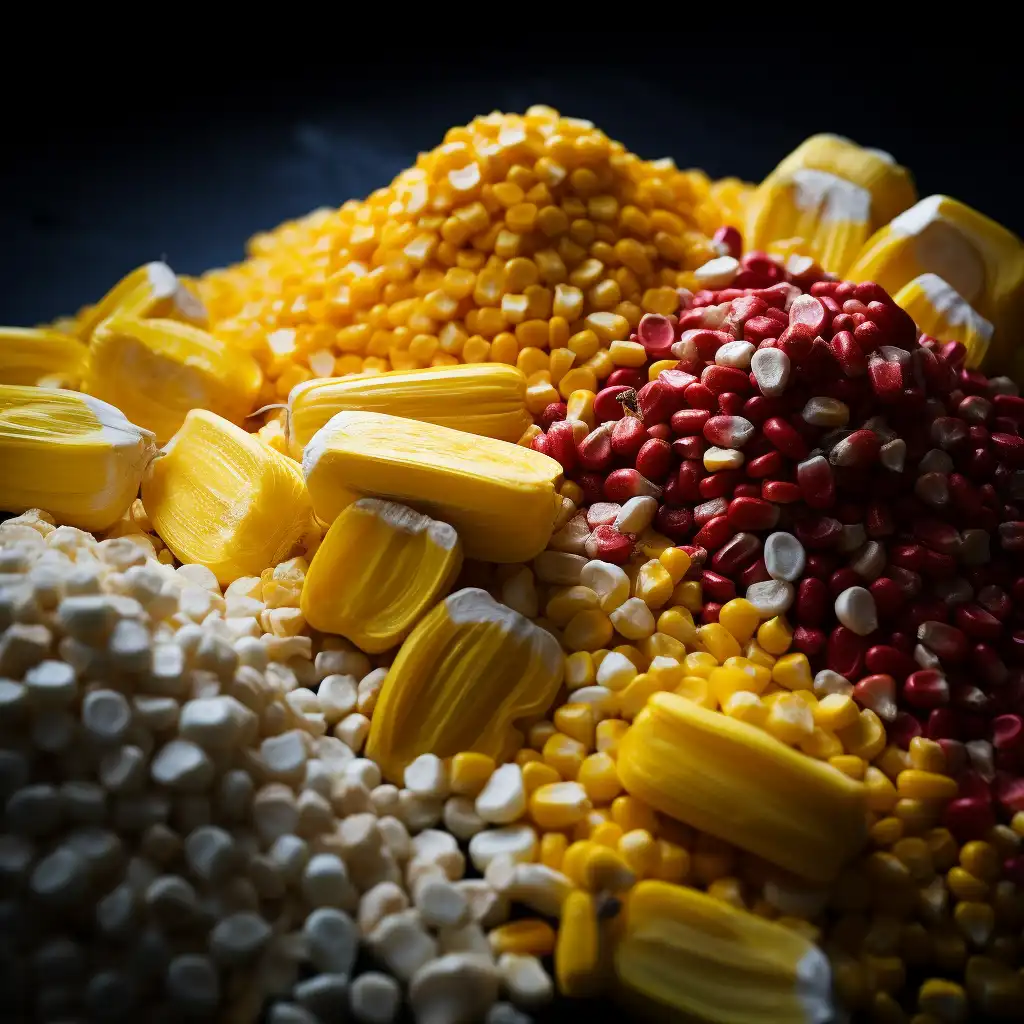
Corn, or maize, was a crucial crop for many Indigenous populations. Moreover, it was far more than just a food source. Maize had cultural and spiritual significance, and its cultivation was carefully managed. Consequently, its use extended to making various food items, including what would become known as cornbread.
Indigenous Innovation of Cornbread
The most accurate answer to who invented cornbread is that various Indigenous peoples in the Americas independently developed similar methods for making cornbread. These people include the Maya, Aztecs, and numerous tribes across North America. Therefore, cornbread wasn’t the creation of one single individual or group but rather evolved through a mix of different Indigenous practices. For example, they would grind the corn and mix it with water to create flatbreads or cakes.
Cornbread’s Early Forms
The early forms of cornbread were very different from what we recognize today. Cornbread in these earlier days did not include ingredients such as eggs or milk. Moreover, it lacked the baking powder often used today. Consequently, the texture and flavor were significantly different.
Flatbreads and Cakes
One common method was creating flatbreads. Moreover, the Indigenous people would cook these on hot stones or griddles. This approach produced a dense and often hard type of cornbread. Subsequently, these foods provided an essential source of energy for Indigenous communities. Additionally, some tribes made cornbread by mixing cornmeal with water and baking it in ashes.
Regional Variations
Furthermore, different regions produced various styles of cornbread. For instance, some communities added beans or squash to the mixture. These variations reflected the diverse food practices of each area. Consequently, this shows that cornbread is not a single recipe but rather a family of recipes.
European Influence on Cornbread
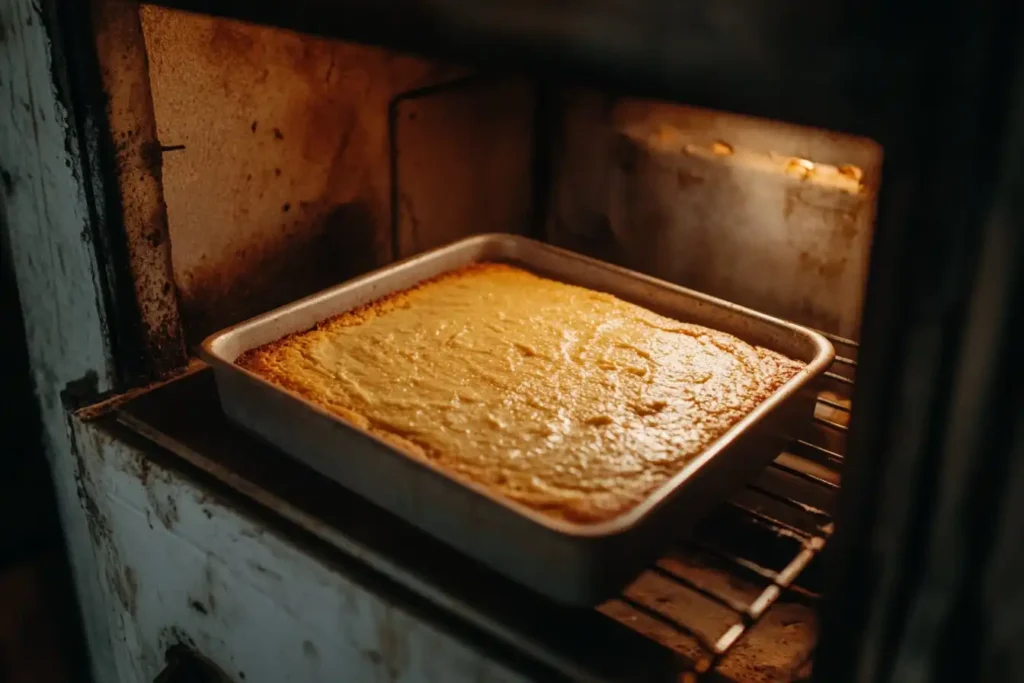
European settlers arriving in the Americas encountered corn and cornbread early on. Moreover, they incorporated it into their diets. However, the Europeans added their own twist, which greatly impacted the final product. Additionally, this created the many different cornbread versions we see today.
Adding Eggs and Dairy
One of the biggest changes was the addition of ingredients like eggs and milk. These additives made the cornbread lighter and more tender. Consequently, it made it more similar to the bread the settlers were familiar with. Therefore, these new ingredients provided a huge step for the evolution of cornbread.
Baking Powder and Modern Cornbread
The introduction of baking powder created a significant transformation in cornbread. This new ingredient allowed for a fluffier, less dense texture, and thus is a key part of modern cornbread recipes. As a result, baking powder modernized the overall baking process. This shows the evolution that took place over the years in the method of making cornbread.
The Southern Cornbread Connection
Cornbread became especially popular in the Southern United States. Moreover, its importance grew due to the wide availability of corn. Additionally, it was affordable, so it quickly became a staple meal. Subsequently, cornbread became a central part of Southern cuisine and culture.
Southern Cornbread Traditions
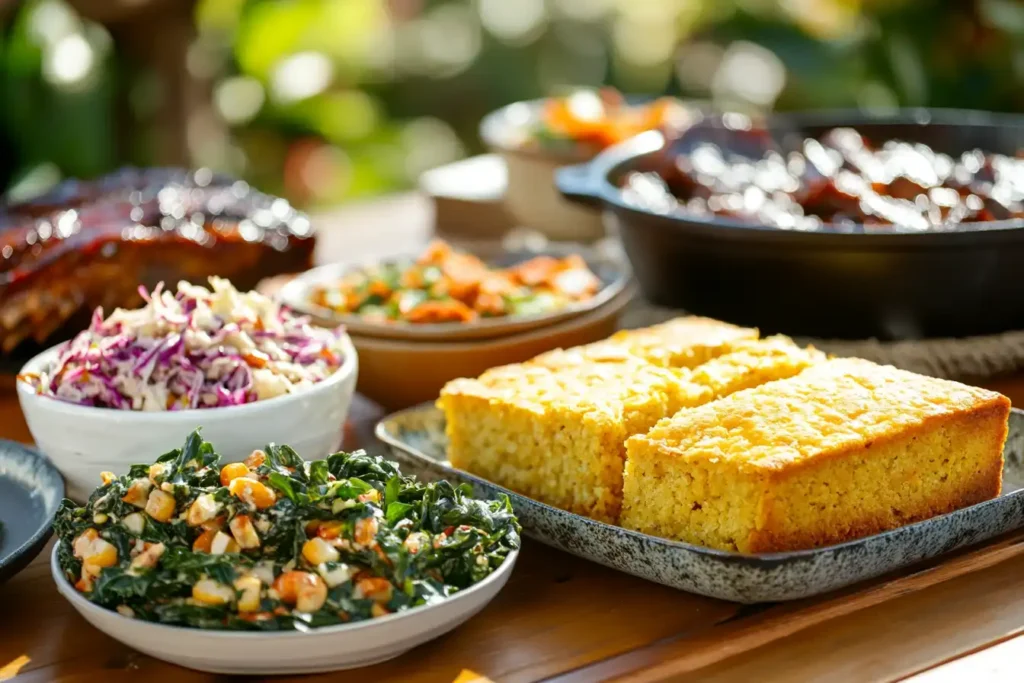
Southern cornbread developed its own unique traditions and characteristics. One major difference is the use of different types of cornmeal. For example, some regions prefer fine cornmeal, while others favor a more coarse grind. Furthermore, the use of different fats, such as bacon grease or lard, also impacts the flavor of cornbread.
Cornbread as a Staple Food
Cornbread has become a staple food in the South. It has been a comforting presence on the table for generations. Moreover, it has a place at all kinds of gatherings. Thus, cornbread is more than just food, it’s an expression of Southern heritage. Indeed, the regional significance of cornbread is quite important.
Cornbread Around the World
While cornbread is most associated with the Americas, it is important to remember that it does exist in various forms around the world. These variations reflect the diverse ways that corn is used globally. Therefore, it shows how versatile it really is.
Global Cornbread Adaptations
In some areas, cornbread is a sweet treat. For example, in some South American countries, cornbread is often made with anise or other sweet spices. In other locations, cornbread is a savory dish, used alongside other meals. Thus, different cultures have adapted cornbread to suit their taste preferences. Accordingly, every region has a different way of making it.
Using Local Ingredients
These various types of cornbread often use locally sourced ingredients. These include different types of flours, herbs, and spices, further highlighting the adaptability of the dish. Additionally, this makes every version unique and special to its area of origin. Consequently, the ingredients have a huge impact on the final product.
The Many Variations of Cornbread
Today, there are countless ways to make cornbread. Moreover, recipes are passed down from generations, with many new recipes also being created. Therefore, this shows how relevant and adaptable the food is. Indeed, the number of recipes has increased a lot over the years.
Savory and Sweet Cornbread
Some cornbreads are made with a touch of sweetness by adding sugar or honey, while others are purely savory. Consequently, this allows cornbread to be used as a side dish for various meals. Therefore, the versatility of cornbread makes it an all-time favorite. Specifically, it is the flexibility of this food that has made it such a popular item.
Using Different Ingredients
Many different ingredients are now used in cornbread recipes. These can range from cheese to jalapenos, further emphasizing its flexibility. Additionally, these variations make cornbread an extremely adaptable dish that can be used in many different ways. Furthermore, ingredients such as herbs can be used to elevate the flavor.
The Cultural Significance of Cornbread
Cornbread is more than just food. Indeed, it carries a lot of cultural meaning, particularly in the Southern United States. Cornbread is often associated with family, community, and heritage. Therefore, its cultural meaning runs deep. Specifically, it is a connection to the past for many.
Family Recipes and Traditions
Many families have their own specific recipes and ways of making cornbread. Indeed, these recipes are often passed down from older generations, connecting families to their roots. Moreover, these traditions are something to cherish and keep alive for future generations. Therefore, it’s an important part of a family’s history and identity.
Cornbread at Gatherings

Cornbread often features prominently at family gatherings, picnics, and holidays. It has become an important part of celebrations for generations. Furthermore, it serves as a reminder of the shared history and cultural traditions of the communities that enjoy it. Accordingly, it’s more than just a food item and is quite meaningful.
Cornbread’s Health Aspects
Cornbread can be a source of important nutrients, but it can also be high in carbohydrates and calories. Therefore, it’s essential to be aware of its nutritional profile and consume it in balance. Additionally, people need to consider the ingredients used in the cornbread when evaluating it nutritionally. However, this can be easily managed.
Benefits of Cornmeal
Cornmeal, the main ingredient in cornbread, can be a source of fiber and other key nutrients. Fiber is important for digestion. Consequently, it is something we need for our bodies to function properly. Therefore, cornmeal is not only delicious, but it is also something that contains key components to our diet. Indeed, some nutrients in cornbread are quite beneficial.
Considerations for Modern Recipes
Modern cornbread recipes often include significant amounts of butter, sugar, or other additives that increase calories. Therefore, consumers need to be conscious of the amount of these additives being used. Thus, knowing what ingredients are included is important. Chiefly, it is the added sugars and fats that need to be watched.
Cornbread and Culinary Pairings
Cornbread is not just a standalone dish. It often compliments other meals. Exploring the way it works well with other foods will help to elevate your meal experience. Therefore, considering the many pairings available to you is key.
Cornbread with Southern Classics
Cornbread is a natural compliment to classic Southern dishes. It goes well with items like collard greens, barbeque, and chili. Specifically, it’s the flavors of the food that go so well together. Moreover, cornbread has become an essential part of these meals.
Cornbread and Other Regional Foods
Cornbread’s versatility makes it compatible with many regional cuisines. It is a great addition to stews, soups, and other comfort foods. Additionally, cornbread can be used to soak up the delicious sauces from other dishes. Consequently, this greatly enhances the overall flavor of a meal.
The Evolution of Cornbread Recipes
The recipes for cornbread have evolved a lot over the centuries. From basic flatbreads to modern, enriched loaves, cornbread has changed a great deal. Accordingly, this is a great example of food adapting over time.
From Simple to Sophisticated
The earliest forms of cornbread were simple, with very few ingredients. Over time, ingredients like eggs, milk, butter, and seasoning were added. Therefore, cornbread became much more rich and flavorful. Ultimately, all these changes have led to new and improved recipes.
Modern Culinary Twists
Modern chefs and home cooks are constantly introducing new variations to cornbread. They may use additional ingredients such as herbs, cheese, or even different types of flour. Furthermore, these experiments have led to many new ways to enjoy cornbread. Consequently, the process of improvement never stops.
Cornbread and Sustainable Practices
As people become more conscious about food sourcing, discussions around cornbread and sustainability have come up. Choosing ingredients that are responsibly sourced is something that many consumers now care about. Therefore, this is a topic worth considering.
Sourcing Local Ingredients
Prioritizing local ingredients is a great way to support local economies. It can also reduce the environmental impact that can come from the transportation of ingredients. Specifically, buying local can help to reduce carbon emissions. Moreover, this can also help to ensure the freshness of the products used.
Minimizing Packaging Waste
As consumers become more aware, there is an increased focus on reducing packaging waste. Businesses and home cooks can help by using minimalistic and recyclable packaging options. Hence, even when ordering, there are many more eco-friendly options now available.
Cornbread and Branding Opportunities
For businesses looking for a way to make an impression, cornbread can serve as a memorable gift. Personalization can also enhance the recognition of a brand. Therefore, it’s a cost-effective and unique idea.
Creating Exclusive Editions
Businesses can use special seasonal or limited edition cornbread variations as unique promotional tools. This would help to make their offerings more appealing. Further, it would be an unusual way to express their gratitude to their clients and partners.
Thoughtful Collaboration
Businesses could strengthen partnerships through thoughtful collaborations that focus on cornbread. This helps to encourage goodwill and foster collaboration. Accordingly, this offers a fresh way to do branding and marketing.
The Future of Cornbread
The future of cornbread is likely to include both traditional recipes and newer, more creative versions. As people look for both familiar foods and exciting new flavors, cornbread offers flexibility. Furthermore, this ensures that cornbread will continue to be a much-loved food.
Embracing Innovation
Chefs and home cooks will continue to experiment with different ingredients and techniques. This means the different variations of cornbread will continue to grow. As a result, cornbread will likely remain an important part of our shared culinary traditions. Basically, cornbread will continue to develop and change.
Cornbread for New Generations
As younger people rediscover cornbread, they may adopt it into their own family traditions. This means the meaning of cornbread will not be lost to future generations. Furthermore, the versatility of cornbread means it can be enjoyed in a wide range of ways. Thus, cornbread’s history will continue to develop.
Conclusion: A Timeless Dish
In conclusion, the question of who invented cornbread has a complex answer. Indeed, it is not the creation of a single group but has evolved through the practices of different Indigenous populations. Therefore, cornbread has a deep-rooted history that extends many centuries. Consequently, cornbread is a food that embodies both heritage and innovation. Moreover, it is a food that is likely to remain part of our culinary landscape for many years to come. Ultimately, the history of cornbread is a fascinating story of food evolution that reflects the diversity of cultures that have embraced it. Indeed, cornbread will continue to be a staple dish for many generations to come.
